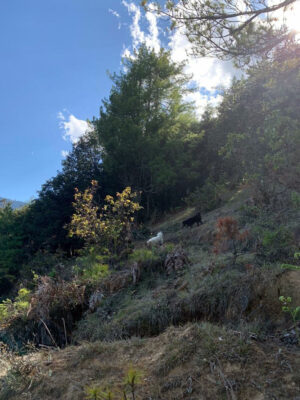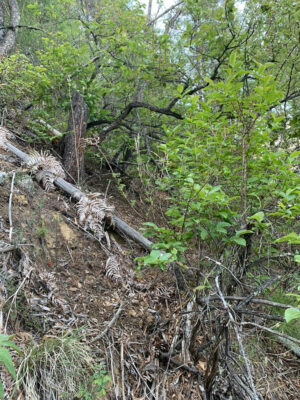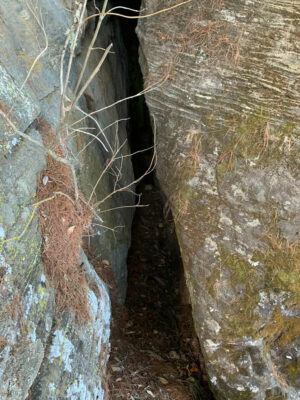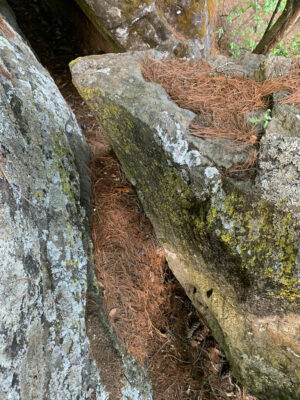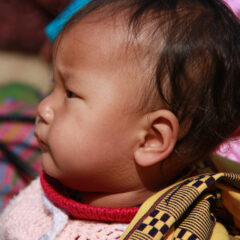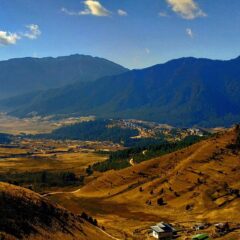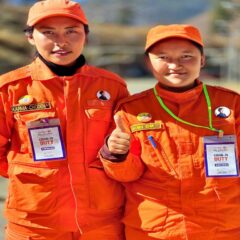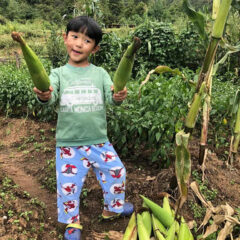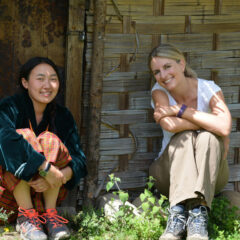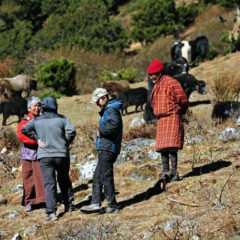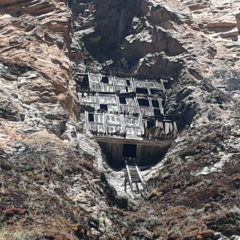 By Dorji Bidha, a Bhutanese culture and trekking guide, and Bhutan Homestay host in Drukgyel, Paro. In the following contribution Dorji shares her grandmother’s personal memories about child birth in her village.
By Dorji Bidha, a Bhutanese culture and trekking guide, and Bhutan Homestay host in Drukgyel, Paro. In the following contribution Dorji shares her grandmother’s personal memories about child birth in her village.
Giving Birth in a Bhutanese Village
My grandmother, Jum Tso Lham, is said to be the ultimate source of strength of each person in our village. During the 1960s, she helped almost every single pregnant woman giving birth in our village. In those days pregnant women in Bhutan had a very high mortality rate due to lack of medical facilities, yet for the women in my grandmother’s village she was a life-saver.
A cave, drib and a leopard
Every winter, following our tradition, my grandparents performed a three-days annual ritual. It was on the third morning that Jum Gaki’s waters broke, as she was pregnant with her third child. At the house, a few people had gathered with the monks for the last day’s ritual with a festive mood. My grandfather and uncles however, rushed the pregnant lady into a cave located a few hundred meters away from the house. This was done because childbirth is believed to bring drib, sorrow, misfortune and negativity (impurity) as birth indicates suffering in Buddhism.
The pain was unimaginable but with all her might Jum Gaki gave birth to my aunt who is now forty-five years old. The baby was delivered, swaddled and cared for by my grandmother Jum Tso Lham inside the deep cave. When I asked how she cut the baby’s cord, she replied, “that’s the easiest thing to do, I simply used my knife to cut the umbilical cord”. Hearing this scared me, considering knives were not sterilized during those days and this practice could cause infections. Additionally my grandma recollects how frightened she was back then as it was pitch dark in the cave and wild animals were all around.
After having given birth, Jum Gaki was supposed to remain three days in the cave without receiving any visitors. That first night however, as already feared, a clouded leopard came to attack the three of them at midnight. The weather was frosty and they could not go out to get help. Fortunately, there was a fire and it kept them warm and safe from the leopard. The next day, my grandpa brought wheat dough, dried meat and black tea for them. He then tore out the inner layer of his go (traditional garment for men) and wrapped the baby up in it.
Giving birth nowadays
Today almost everything has changed, from conceiving a baby, to the pregnancy journey and birth. However, the tradition of keeping the baby and mother indoors for three days after the birth, to avoid negative forces (impurity) befalling any guests and vice versa, remains.
When my sister got pregnant, she needed to visit the hospital every week to check her and the baby’s health. Also nowadays pregnant women are advised to eat a healthy diet. Most pregnant women receive extra care from their husband and relatives by them taking over household chores. Civil servants are entitled to six months paid maternity leave whereas in the private sector mothers get mostly three months. Furthermore, during the delivery a pregnant woman is taken care of by a couple of nurses with all the equipment they need and relatives can visit her, often with scrumptious food and excitement.
Pregnancy and giving birth in the past
The scenario for pregnant women in Bhutan was completely different in the past. They received less attention, love and care compared to what pregnant women now enjoy. Today when a woman becomes pregnant, she has to register with the hospital, and healthcare is available 24/7. The woman will be monitored by close relatives at home as well as at medical centers.
This is very different from before, when pregnant women were responsible for household chores, childcare, nursing old parents, collecting food for cattle and firewood, and working in the fields. They never considered themselves inferior or weaker when they were pregnant, hence until and unless their waters broke, they kept themselves occupied, even with hard labor. I remember my aunt rushing towards shelter when her waters suddenly broke while she was still busy harvesting rice in a paddy field with the rest of the villagers.
Nevertheless, there was some extra care given to pregnant women, even then. For example, when there were pregnant women in the household, men used to bring a few kilos of lamb from Tibet, where they went to get salt along old trade routes. As the lamb wasn’t enough for the entire family, they asked all the children to go outside and play in the fields, so that the men could prepare the lamb for the pregnant lady and save the rest for her only.
A matter of survival
Finally, I will shortly describe how my grandmother gave birth to her youngest daughter, my aunt in 1970. She was taking a hot stone bath somewhere far from the house and suddenly she got severe pain. My grandma crawled all the way to her field, which is a few hundred meters away, and called her husband. She didn’t want to burden her neighbors since it was during rice cultivation time and everyone was busy in their fields, and there was also a shortage of labor. When my grandfather lifted her into his arms, she felt much better and relieved as she didn’t have to walk on her own. However, she also felt shy and a little embarrassed because physical affection in public and being seen so close as a couple was uncommon in those days.
When her youngest child was finally born, my grandmother cut the umbilical cord herself, since nobody else was around (her husband had to attend to some work). She also made soup for herself and cleaned the baby too. When I asked her how she could be that strong, she said she had had to choose between life and death, it was a matter of survival. Not only her but all the other people were tough back then.


